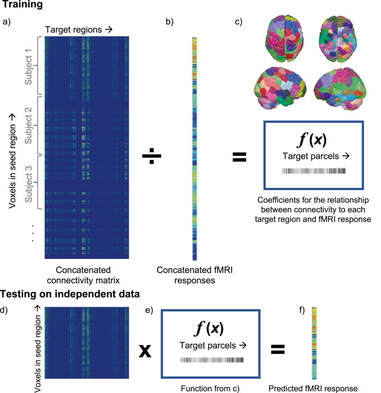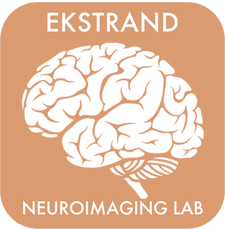Research
|
Our research crosses a broad spectrum of areas, centered around understanding how the human brain processes the complex, multisensory world around us. Our projects are curiousity driven, and range from fundamental visual processing questions, to being able to predict high-level cognitive processes. We combine neuroimaging (functional magnetic resonance imaging, diffusion tensor imaging, spectroscopy), behavioural, and computational methods, together with increasingly realistic and complex audiovisual stimuli, to examine brain processes in scenarios more akin to those encountered in the real-world. We also incorporate immersive virtual reality environments to blur the boundaries between reality and experimentation.
|
|
One of the techniques our lab uses to understand the relationship between brain structure and function is computational modeling. We have developed models that relate brain structural connectivity (as measured by diffusion tensor imaging connectivity profiles) to functional activation during cognitive tasks. We also use graph theory to better understand the nature of these complex networks. These techniques provides a novel window into how structural connectivity networks dictate function, and how different structural connectivity profiles may result in different patterns of functional activation across the cortex.
|
From Ekstrand et al., (2020), NeuroImage
|



